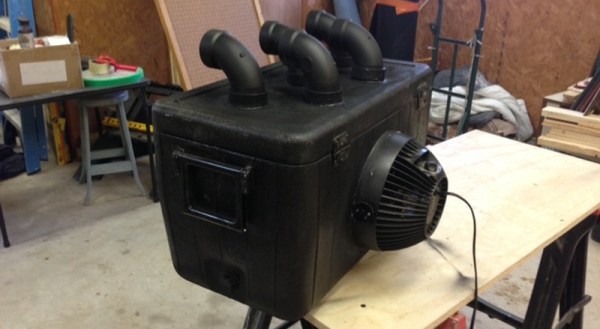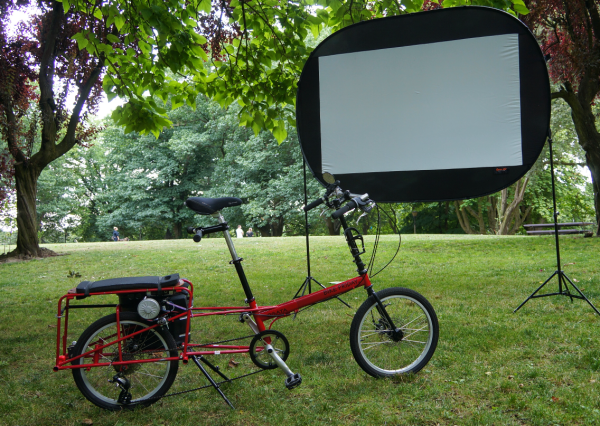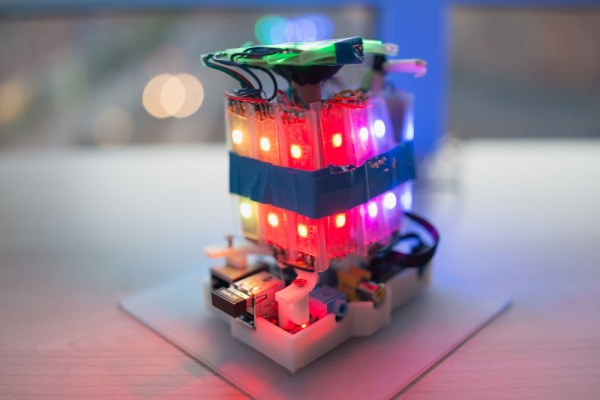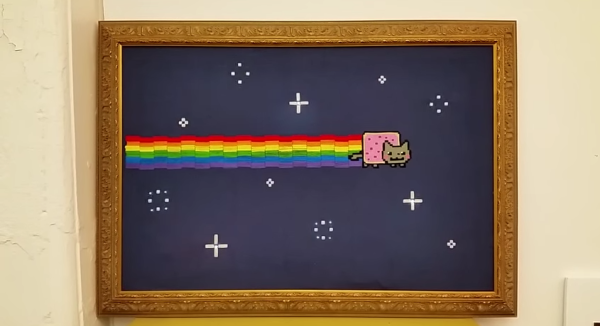Working out in the shop is usually super fun but if it’s summertime, watch out, it can get hot! We’ve all been there and we’ve all wished we could do something about it. Well, woodworker and general DIYer [April] has stepped up to the plate and built a portable low-buck AC unit to cool her shop down to an acceptable temperature.
The unit is very simple and starts off with an old thrift store cooler. A hole is cut in the back of the cooler to make room for a fan that is directed to blow air inside the cooler and across blocks of ice. The air cools down as it passes over the ice and leaves out the top of the cooler through five 90-degree PVC elbows. After all the inlets and outlets were caulked, the entire unit was given a monochromatic black paint job.
[April] says you can feel the cool air blowing from about 5 feet away from the unit. She has measured the output air temperature to be 58-62ºF. If using loose ice cubes, the unit will work for 2-3 hours. Freezing milk jugs full of water gets about 5 hours of use.






















